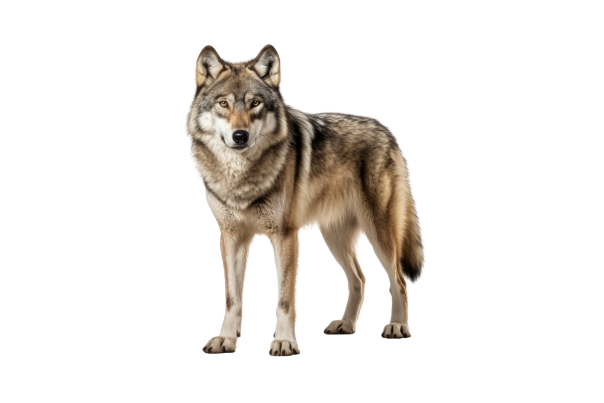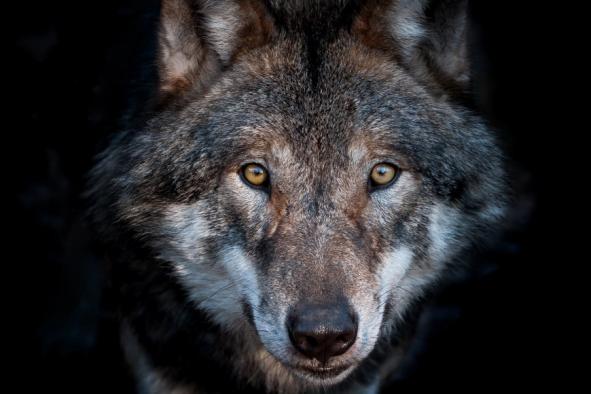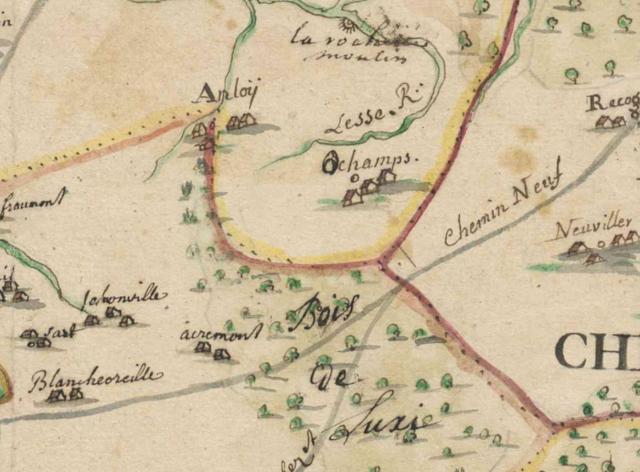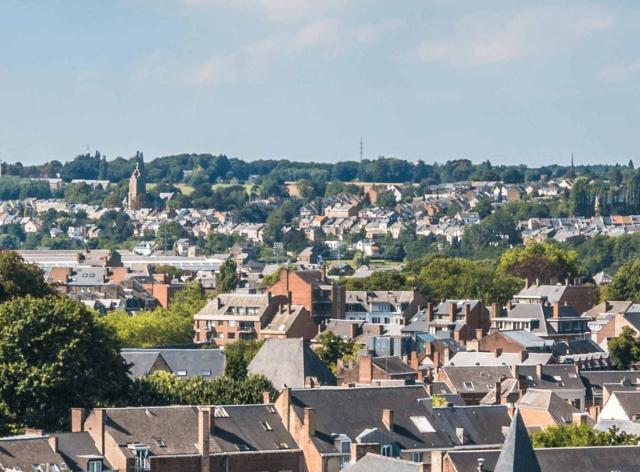By creating a dialogue between past and present, this research project provides answers to the field players who are overseeing the wolf's return to Wallonia today with a view to sustainable management of the species and its relationship with man in our regions.
The project
The aim of this project is to study the presence of the wolf in Wallonia in the 18th and 19th centuries, where and how it lived 200 years ago, and why and how it disappeared, in order to inform ethologists and answer the legitimate questions of people living in regions that have once again become areas of permanent wolf presence in Wallonia. To do this, he deploys a pioneering multi-disciplinary methodology, combining historical and documentary analysis with morphological and DNA analysis of naturalized wolves from the 19th century preserved in a dozen museums in Wallonia. It contextualizes and clarifies the ideas and images that have been built up over the centuries around the figure of the wolf, both negatively and positively, in order to dispassionate the debate, take a step back and contribute to avenues for reflection and solutions.
The team
The project is led by researcher Julie Duchêne, FNRS/FRESH doctoral student, and Professor Isabelle Parmentier, director of the Pôle d'histoire et de sociologie environnementales (ILEE institute), in partnership with a dozen museums and cultural institutions in Wallonia.
Vos dons en action
Grâce à votre soutien, chaque loup naturalisé a été identifié génétiquement, comparé et situé dans le paysage des loups wallons au 19e siècle. Les résultats de cette étude peuvent être consultés dans la brochure ci-dessous.



